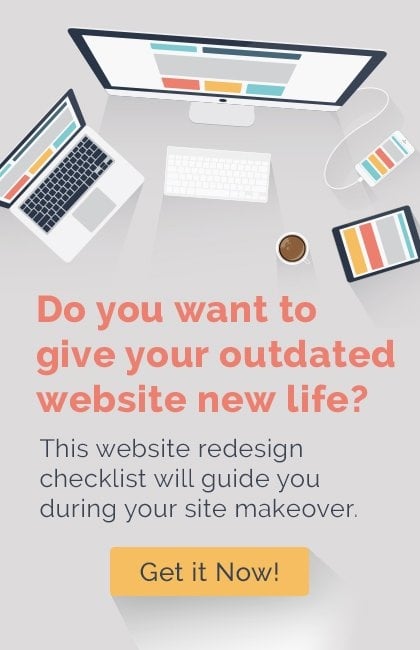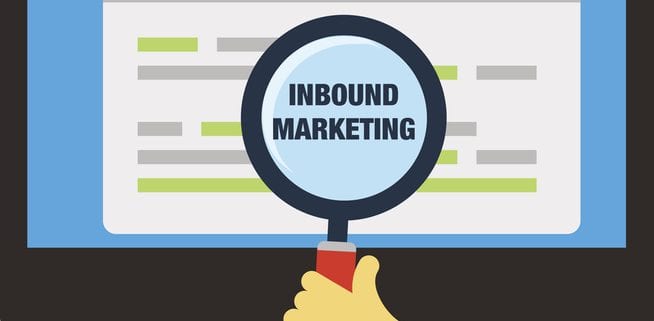
5 Reasons to Use HubSpot
There are a lot of marketing platforms out there that can be incredibly helpful when it comes to creating, managing, and tracking your marketing and sales efforts. Out of these platforms, HubSpot is one of the very best. The following are five reasons to consider using HubSpot as one of your main inbound marketing tools:
1. HubSpot Functions As An All-In-One Marketing Platform
One of the biggest advantages of HubSpot is that it’s much easier to build a holistic marketing strategy because it allows you to do so many things. With it, you can monitor your contacts, nurture your leads, or track your performance. Not to mention that you can do all of this for the majority of your marketing strategies. This includes SEO, email marketing, CRM, content marketing, marketing automation, database management, and more.
Few marketing platforms are this comprehensive. Typically, businesses have to use multiple marketing tools to oversee their campaigns. Using HubSpot makes things easier, more efficient, and often less costly.
2. Use HubSpot To Create And Manage Your Contact List
One of the big challenges facing many businesses is managing an unorganized database that’s not directly connected to their sales or marketing strategy. You can segment your contact list with HubSpot, ensuring that your contacts receive information that they want to engage with.
Because you’ll be able to manage all of your marketing efforts from the HubSpot platform, you’ll be able to segment your contacts based on where they are in the sales funnel. This makes it easier to nurture leads and identify which leads your sales team can engage with.
3. Provides Excellent Reporting Features
The more control you have over being able to track the ins and outs of your campaign, the more accurately you’ll be able to judge your marketing strategies. This in turn will allow you to make more effective adjustments on the fly. HubSpot allows you to track and measure every aspect of your inbound marketing campaign by providing clear breakdowns of your social media strategies, blogging efforts, landing page success, email engagement, and much more.
In fact, their Reports Dashboard makes it easy to view these metrics at a glance. The dashboard offers the ability to see your overall performance data. You can even build custom reports that meet your company’s unique needs.
Similar Article: Choosing Hubspot CRM As Your CRM Solution
4. An Effective Long-Term Solution
HubSpot understands that most inbound marketing campaigns are long-term campaigns. As such, the marketing platform is built to oversee your campaigns over the long term. It’s scalable as well, so no matter how big your company’s marketing needs grow, HubSpot can handle them.
5. HubSpot Allows You To Obtain A Clear ROI
It used to be a real challenge to determine what your ROI (return on investment) was for your inbound marketing campaign, especially if it was spread over multiple marketing platforms. HubSpot makes it easy to obtain a clear ROI for your entire inbound strategy due to it’s ability to track and measure every aspect of your campaign. This will allow you to make more financially motivated adjustments based on your marketing budget as well.
As you can see, HubSpot addresses a number of different aspects of creating and managing an inbound marketing campaign in an efficient manner. With all its features and general ease-of-use, there are few marketing tools that can offer what HubSpot offers.





 Show Don’t Tell
Show Don’t Tell

















 2. Focus On Video Content
2. Focus On Video Content







